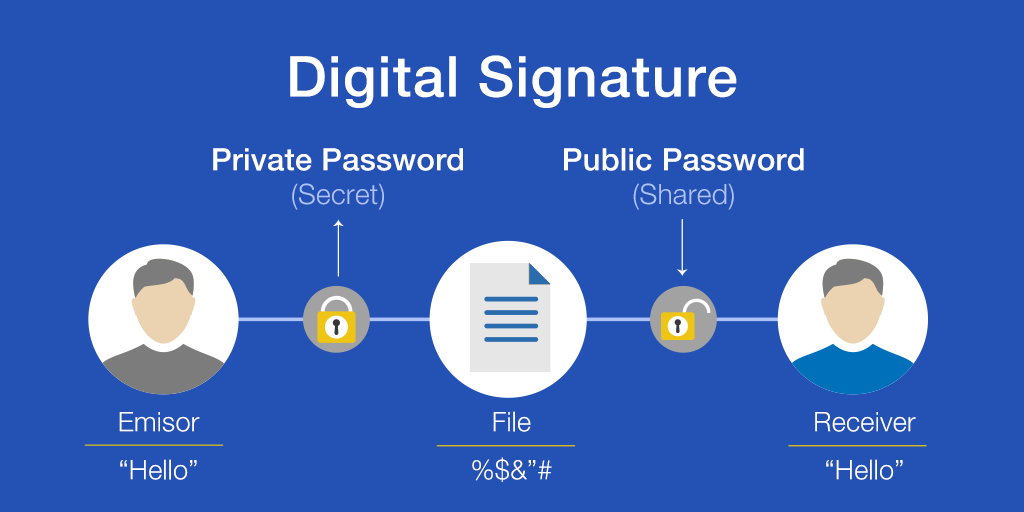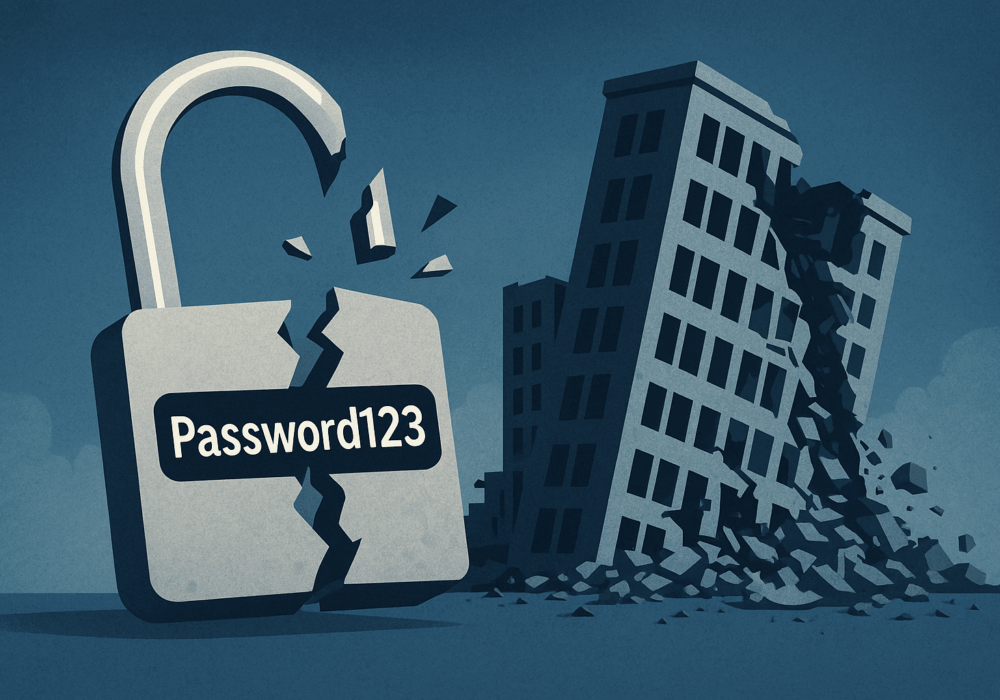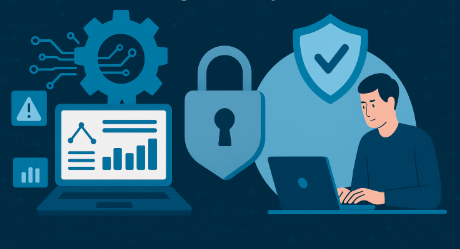
A Digital Signature is a value computed with a cryptographic process using a private key and then appended to a data object, thereby digitally signing the data. This is essentially a scheme that verifies the authenticity of the documents.
Your business needs to take proactive measures today to first reduce its chances of being hit by ransomware, phishing, or other cybersecurity attacks. Secondly, validate backups and disaster recovery plans are current and functioning in case you end up hit with ransomware. CyberHoot recommends the following best practices to avoid, prepare for, and prevent damage from these attacks:
Start building your robust, defense-in-depth cybersecurity plan at CyberHoot.
Related Term: Authenticity, Electronic Signature, Non-Repudiation, Integrity
Source: CNSSI 4009, IETF RFC 2828, ICAM SAML 2.0 WB SSO Profile 1.0.2, InCommon Glossary, NIST SP 800-63 Rev 1
Discover and share the latest cybersecurity trends, tips and best practices – alongside new threats to watch out for.

In June 2025, KNP Logistics Group, a transport company in the UK with 500 trucks and nearly two centuries of...
Read more
Vulnerability scanning and it's human led partner penetration testing (aka "pentesting") are excellent and...
Read more
Artificial Intelligence (AI) tools are entering our businesses like a new intern with great ideas but no...
Read moreGet sharper eyes on human risks, with the positive approach that beats traditional phish testing.
